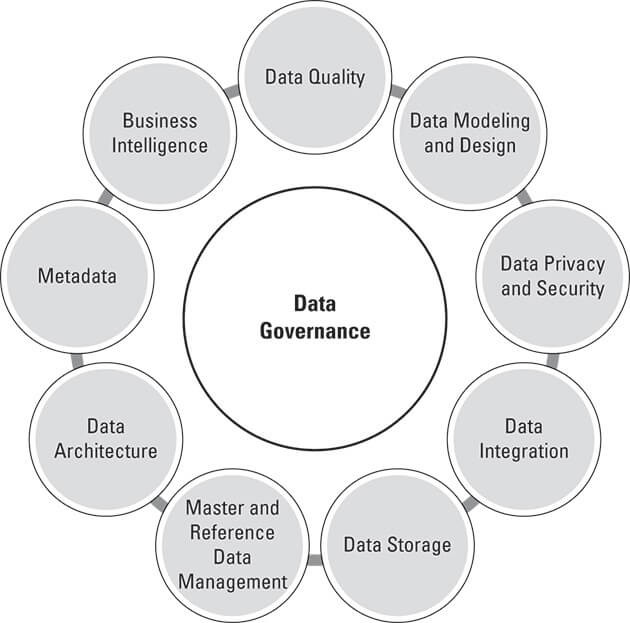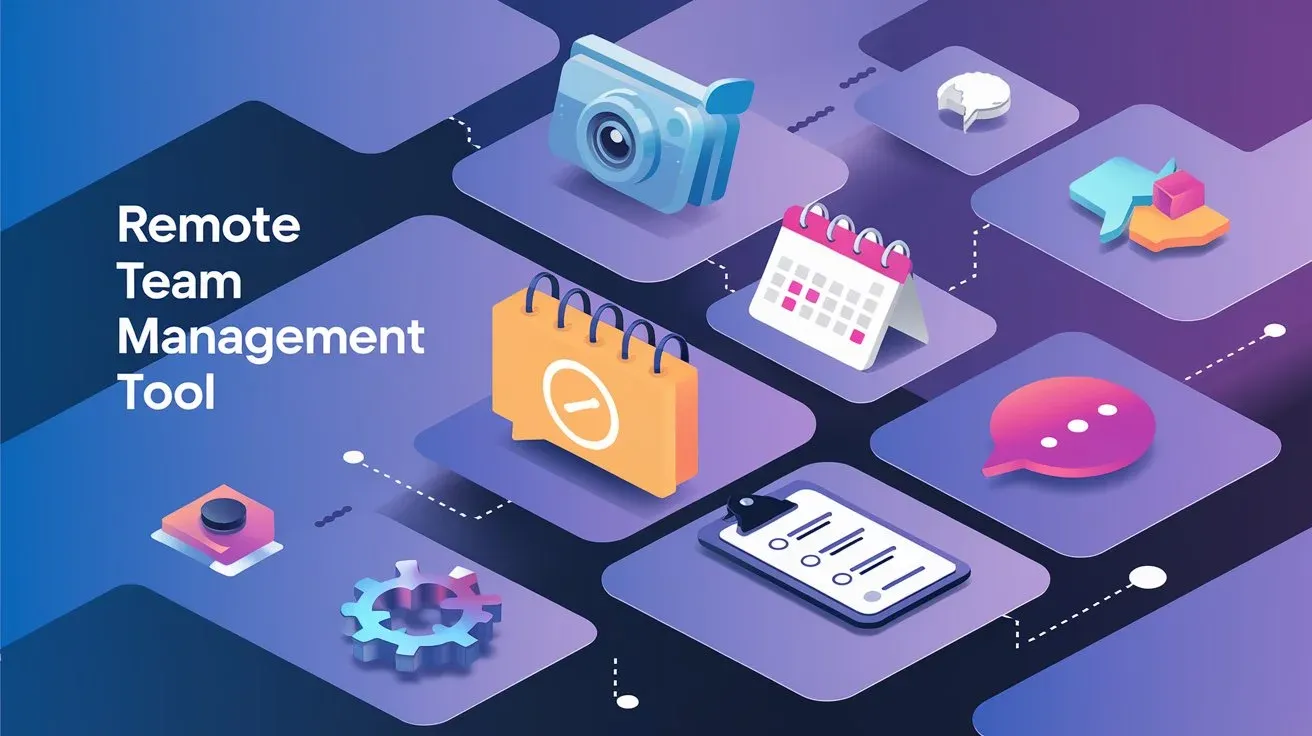Digital transformation isn’t a one-size-fits-all process. It takes many forms, each aimed at reshaping how an organization operates, delivers value, and engages customers. Understanding the types of digital transformation helps you choose the right path and avoid common pitfalls. Whether you’re seeking digital transformation solutions, evaluating digital transformation providers, or assessing companies with digital transformation strategies, this guide will clarify the four core approaches and how to apply them effectively.
“Digital transformation is more than a technology upgrade—it’s a strategic shift,” says Tamer Badr, owner of Singleclic. “When companies embrace the right type of transformation, they unlock new efficiencies and open doors to innovation.”
What Are the Types of Digital Transformation?
According to industry experts, digital transformation typically falls into four categories:
- Process Transformation
- Goal: Streamline and automate internal workflows.
- Examples: Robotic process automation (RPA) for invoice processing; cloud-based ERP for real-time inventory tracking.
- Impact: Reduces manual errors, cuts cycle times, and frees staff for higher-value work.
- Drawback: Over-automation can neglect human judgment, and initial setup requires detailed process mapping.
- Business Model Transformation
- Goal: Rethink how you deliver and monetize products or services.
- Examples: Shifting from one-time software sales to subscription SaaS; introducing pay-per-use or outcome-based pricing models.
- Impact: Opens recurring revenue streams and deepens customer relationships.
- Drawback: Requires cultural buy-in and can face resistance from sales teams used to traditional models.
- Domain Transformation
- Goal: Use digital capabilities to enter new markets or industries.
- Examples: A hardware manufacturer offering IoT-enabled services; a retailer adding digital marketplaces.
- Impact: Creates entirely new lines of business and competitive differentiation.
- Drawback: Moves beyond core expertise, demanding new skills and significant investment.
- Organizational/Cultural Transformation
- Goal: Foster a digital-first mindset and agile ways of working.
- Examples: Adopting DevOps, cross-functional teams, and continuous learning programs.
- Impact: Enhances collaboration, speeds innovation, and improves adaptability.
- Drawback: Culture change is slow; without strong leadership, initiatives can lose momentum.
These types often overlap. A company optimizing processes may then reimagine its business model or expand into new domains, all while nurturing a digital-centric culture.
Why Are These Transformation Types Important?
Organizations that master these transformations gain:
- Operational Excellence through streamlined processes.
- Revenue Growth by adopting innovative business models.
- Market Leadership via domain expansion.
- Employee Engagement by cultivating a modern, collaborative culture.
Without a structured approach, digital projects risk becoming siloed pilots with limited impact.
Best Digital Transformation Solutions by Type
Here are leading tools and services aligned to each transformation type:
- Process Transformation
- UiPath, Automation Anywhere: RPA platforms.
- Singleclic BPM: Custom workflow automation.
- Business Model Transformation
- Salesforce Subscription Management: Manages recurring revenue.
- Stripe Billing: Pay-as-you-use payment gateway.
- Domain Transformation
- AWS IoT Core: Connects devices for new service offerings.
- Shopify Plus: Digital storefront for expanded retail channels.
- Organizational Transformation
- Atlassian Jira & Confluence: Agile project management and documentation.
- LinkedIn Learning: Continuous upskilling platform.
Each solution accelerates specific transformation types, but be mindful of integration complexity and training needs.
Enhance Your Transformation Journey with Singleclic
Singleclic partners with you to deliver tailored digital transformation solutions:
- Strategic Roadmapping: Identify which transformation type fits your goals.
- Technology Selection: Match best-of-breed tools to your needs.
- Implementation & Change Management: Ensure smooth adoption and cultural buy-in.
- Ongoing Optimization: Monitor performance and refine strategies.
“We guide clients through every transformation type, from process automation to cultural shifts,” notes Tamer Badr. “Our focus is on practical outcomes that drive real business value.”
People Are Always Asking
- “Which transformation delivers the fastest ROI?”
- Answer: Process transformation often yields quick wins in efficiency and cost savings.
- “Can small businesses compete with enterprise solutions?”
- Answer: Absolutely. Cloud subscriptions and modular platforms lower the barrier to entry.
- “How do we choose the right type?”
- Answer: Start with a clear business case: cost reduction points to process transformation; new markets signal domain transformation.
- “What if we tackle all four at once?”
- Answer: A phased approach minimizes risk—prioritize one or two types and expand from there.
- “How do we measure success?”
- Answer: Define KPIs tied to each type—cycle-time reduction for processes; ARPU for business models; new revenue streams for domains; employee engagement scores for culture.
Real-World Reviews
Amanda, COO of a Manufacturing Firm
“Our process transformation with RPA cut invoice processing time by over 50%. Singleclic’s phased rollout kept disruptions to a minimum.”
Carlos, CMO at a SaaS Company
“We shifted to a subscription model last year. While initial salesforce training took effort, we’ve seen 30% increase in recurring revenue.”
Sophia, Director at a Healthcare Provider
“Entering tele-health services was our domain transformation. We partnered with Singleclic to integrate IoT devices and saw patient engagement rise by 40%.”
David, HR Head at a Financial Services Firm
“Cultural transformation with agile squads was challenging, but our innovation velocity doubled. The key was strong executive sponsorship.”
Frequently Asked Questions (FAQ)
- Can a company pursue multiple transformation types simultaneously?
- Answer: Yes, but start with one or two to build momentum and manage risk effectively.
- How long does each transformation type take?
- Answer: Process transformation can deliver within 6–12 months; business model and domain shifts may take 1–3 years; cultural change is ongoing.
- Is digital transformation only for large enterprises?
- Answer: No. SMEs can adopt cloud-based, pay-as-you-go solutions to compete effectively.
- What is the biggest barrier to success?
- Answer: Cultural resistance. Even the best technologies fail without strong change management.
- How do we ensure data security?
- Answer: Implement robust governance, encryption, and regular audits, especially when expanding domain transformation into new digital services.
References
- Digital Directions – 4 Types of Digital Transformation: process, business model, domain, cultural Digital Directions
- Whatfix – Gartner’s Digital Business Transformation Model and strategic approaches Whatfix
- Gartner CIO Survey 2025 – Adoption rates and impact metrics (subscription required) Gartner
Understanding the types of digital transformation empowers organizations to choose the right path—and the right digital transformation providers—to achieve their goals. Whether you automate processes, reinvent your business model, enter new markets, or reshape your culture, a clear strategy and the right technology are key. Partner with experts like Singleclic to navigate this journey and unlock lasting value.









